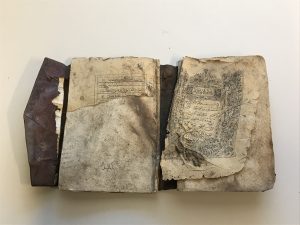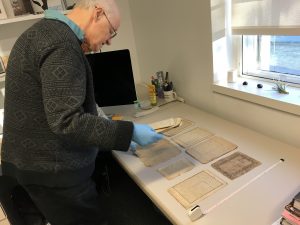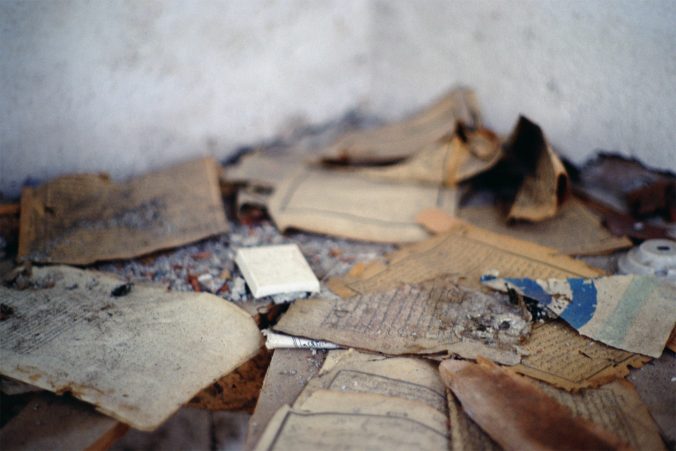“… if you really want to make a librarian mad, burn down a library.”
András Riedlmayer, Bibliographer in Islamic Art and Architecture at Harvard’s Fine Arts Library, made this comment when asked why he undertook his project to collect, preserve and publicize evidence of the destruction of cultural heritage in the Balkan wars of the 1990s. The story about his work in the Balkans is profiled in the Harvard Gazette.
Riedlmayer testified at the UN war crimes tribunal (ICTY) in The Hague in the trials of 14 Serbian and Bosnian Serb officials, as an expert on cultural destruction in the Balkans. Among the defendants was former Serbian dictator Slobodan Milošević, accused of war crimes and genocide in Kosovo and Bosnia. Although Milošević died of a heart attack before the ICTY could deliver a verdict in his case, 11 of the others were convicted and sent to prison.
Read more about his ongoing efforts to preserve documentation on the cultural heritage of the Balkans and its fate in the Balkan wars of the 1990s, in the Harvard Gazette.

Carralevë, Kosovo. Agim Orllatë, a Kosovar Albanian university student who worked with Riedlmayer as an interpreter, looks at torn religious texts inside the village mosque, torched by Serbian soldiers in 1999. (Photo courtesy of András Riedlmayer)

Remains of a Qur’an, its pages ripped from its binding and partially burned, among the items collected by Riedlmayer in Oct. 1999 from the village mosque in Carralevë, Kosovo. (Photo: Naoe Suzuki)

Riedlmayer selecting damaged book pages to be sent for an exhibition on cultural heritage and war, held at the Imperial War Museum in London in 2019. (Photo: Naoe Suzuki)

A selection of the damaged pages of books & manuscripts collected by Riedlmayer in Oct. 1999 from the village mosque in Carralevë, Kosovo. These damaged books were written in a number of languages: Arabic, Albanian, Ottoman Turkish, Bosnian, Serbian. (Photo: Naoe Suzuki)

A partially burned monthly church bulletin from a Serbian Orthodox monastery chapel at Buzovik, Kosovo, targeted in a revenge attack by Kosovo Albanians after the end of the war. One of the items collected by Riedlmayer during his fieldwork in Kosovo in Oct. 1999. (Photo: Naoe Suzuki)

One of the damaged and desecrated books & manuscripts collected by Riedlmayer in Oct. 1999 from the village mosque in Carralevë, Kosovo. (Photo: Naoe Suzuki)
